|
|
|
HOME
|
US Navy -
ships
|
US Navy - air
units
|
USMC - air
units
|
International
Navies
|
Weapon Systems
|
Special Reports |
|
Royal New Zealand Air Force - Maritime Patrol Aircraft Lockheed P-3K2 Orion |
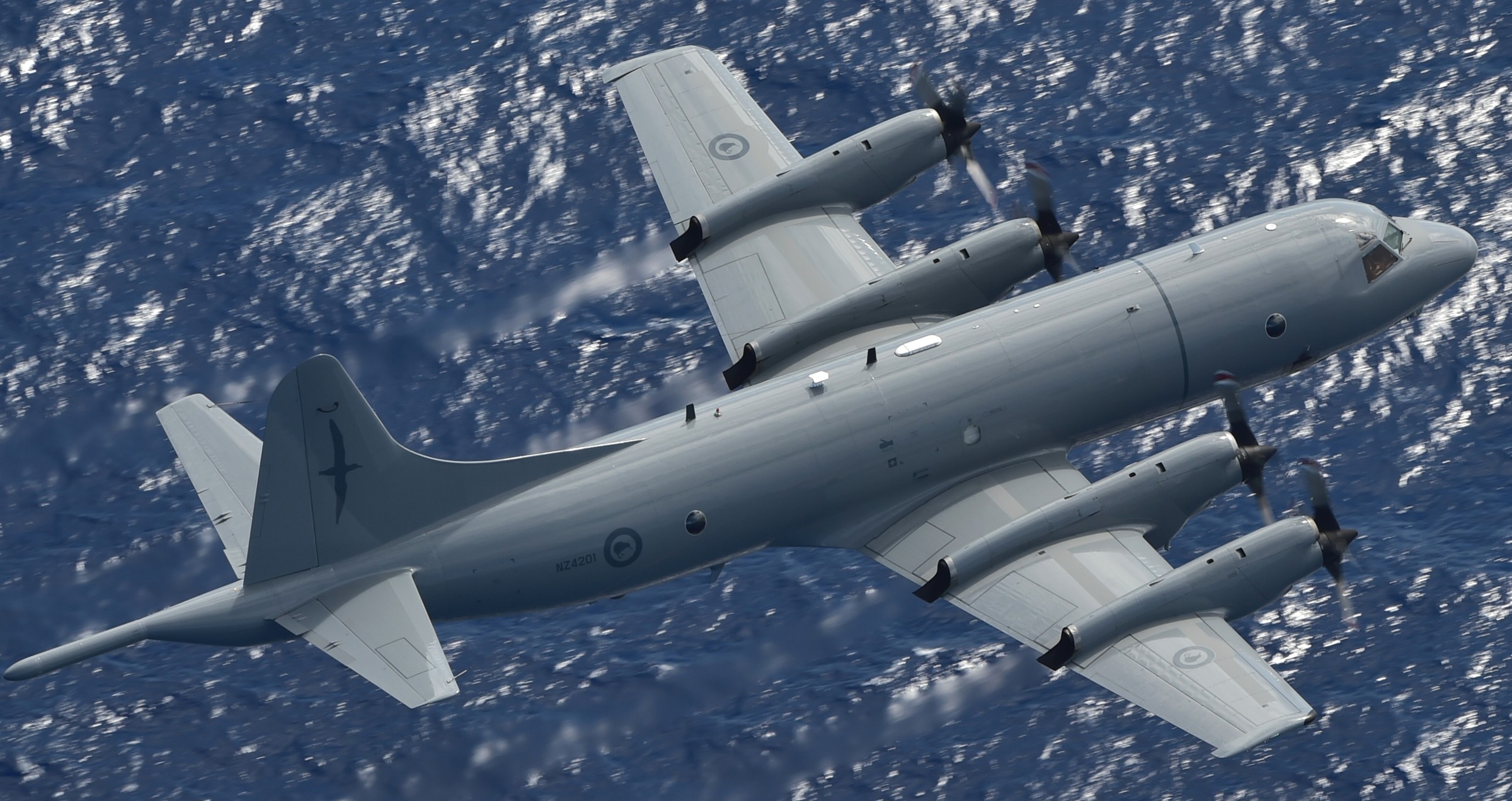 |
| 11/23 |
| Aircraft: |
|
Serials: NZ4201 / NZ4202 / NZ4203 / NZ4204 / NZ4205 / NZ4206 RNZAF P-3K2 Orion fleet retired at the end of January 2023 and were replaced by P-8A Poseidons |
| Specifications (P-3C US Navy): |
|
Crew: 12 Length: 116 ft 10 in (35.6 m) Wingspan: 99 ft 8 in (30.4 m) Height: 38 ft 8 in (11.8 m) Wing area: 1300 ft² (120.8 m²) Empty weight: 77,200 lb (35000 kg) Useful load: 57,800 lb (26400 kg) Loaded weight: 135,000 lb (61400 kg) Max. takeoff weight: 142,000 lb (64400 kg) Powerplant: 4 x Allison T56-A-14 turboprop, 4600 shp (3430 kW) each Propellers: Four-bladed Hamilton Standard propeller, 1 per engine Propeller diameter: 13 ft 6 in (4.11 m) Maximum speed: 411 knots (750 km/h) Cruise speed: 328 knots (610 km/h) Range: 2380 nmi radius (4400 km) Combat radius: 1346 nmi (2490 km) three hours on-station at 1500 feet Ferry range: 4830 nmi (8944 km) Endurance: 16 hours Service ceiling: 28300 ft (8625 m) Rate of climb: 3140 ft/min (16 m/s) Wing loading: 107 lb/ft² (530 kg/m²) Power/mass: 0.136 hp/lb at max gross (0.23 kW/kg) Armament: 10 wing stations in total (3 x on each wing and 2 x on each wing root) and eight internal bomb bay stations with a capacity of 20,000 lb (9100 kg) and provisions to carry combinations of: Missiles: AGM-65 Maverick | AGM-84 Harpoon | AGM-84 Standoff Land Attack Missile (SLAM-ER) Bombs: Depth charges, MK20 Rockeye, Mk.80 Series (Mk.82, Mk.83, Mk.84) general purpose bombs Other: Mk.46, Mk.50, Mk.54 or MU90 Impact torpedoes Mk 25, Mk 39, Mk 55, Mk 56, Mk 60 CAPTOR or Mk 65 Quickstrike naval mines active and passive Sonobuoys |
| Lockheed P-3K2 Orion |
|
The Lockheed P-3 Orion is a four-engine
turboprop anti-submarine and maritime surveillance aircraft
developed for the United States Navy and introduced in the 1960s.
Lockheed based it on the L-188 Electra commercial airliner. The
aircraft is easily distinguished from the Electra by its distinctive
tail stinger or "MAD Boom", used for the magnetic detection of
submarines. Over the years, the aircraft has seen numerous design developments, most notably in its electronics packages. Numerous navies and air forces around the world continue to use the P-3 Orion, primarily for maritime patrol, reconnaissance, anti-surface warfare and anti-submarine warfare. A total of 757 P-3s have been built, and in 2012, it joined the handful of military aircraft including the Boeing B-52 Stratofortress, Boeing KC-135 Stratotanker, Lockheed C-130 Hercules and the Lockheed U-2 that have seen over 50 years of continuous use by the United States military. The P-3 has an internal bomb bay under the front fuselage which can house conventional Mark 50 torpedoes or Mark 46 torpedoes and/or special (nuclear) weapons. Additional underwing stations, or pylons, can carry other armament configurations including the AGM-84 Harpoon, AGM-84E SLAM, AGM-84H/K SLAM-ER, the AGM-65 Maverick, 127 millimetres (5.0 in) Zuni rockets, and various other sea mines, missiles, and gravity bombs. The aircraft also had the capability to carry the AGM-12 Bullpup guided missile until that weapon was withdrawn from U.S./NATO/Allied service. The P-3 is equipped with a magnetic anomaly detector (MAD) in the extended tail. This instrument is able to detect the magnetic anomaly of a submarine in the Earth's magnetic field. The limited range of this instrument requires the aircraft to be near the submarine at low altitude. Because of this, it is primarily used for pinpointing the location of a submarine immediately prior to a torpedo or depth bomb attack. Due to the sensitivity of the detector, electromagnetic noise can interfere with it, so the detector is placed in P-3's fiberglass tail stinger (MAD boom), far from other electronics and ferrous metals on the aircraft. P-3K2: Royal New Zealand Air Force P-3K2 aircraft which have been fully upgraded with totally new mission systems by L-3 Mission Integration Division, Greenville, Texas. The flight deck now has 'glass' instrumentation and navigation computer automation. The Tactical Rail (Tacrail) has been completely refitted with modern sensors, communication and data management systems. Royal New Zealand Air Force has six P-3K2 Orions operated by No. 5 Squadron - based at RNZAF Base Auckland. Five were originally delivered in 1966 as P-3Bs. Another was purchased from the RAAF in 1985, following which all were upgraded to their current standard. Currently undergoing various mission system upgrades by L-3 Communications Canada and now designated as P-3K2. The New Zealand Government announced they are to be replaced in 2023 with the purchase of 4 Boeing P-8A Poseidons. source: wikipedia |
| No. 5 Squadron RNZAF |
|
No. 5 Squadron RNZAF is a squadron
of the Royal New Zealand Air Force formed during November 1941
in Fiji. Following the war, the Squadron was re-equipped with 16 Short Sunderland MR.5s and based at Laucala Bay, in the suburbs of Suva, Fiji, tasked with maritime surveillance "over the vast South Pacific Ocean, medical evacuation flights, and communications flights for the colonial administrators." From 1965, the Squadron relocated to Whenuapai, Auckland, to re-equip with five Lockheed P-3B Orions in the anti-submarine role. The Squadron withdrew its last flight of Sunderlands from Laucala Bay in 1967. The P-3B fleet was upgraded in the mid 1980s (Project Rigel) with a more modern radar (APS-134), an IRDS camera, a digital computing bus, and electronic displays/information management system. They were subsequently redesignated P-3K. A sixth aircraft was purchased from the RAAF during the Project Rigel upgrade. No. 5 Squadron won the Fincastle Trophy for anti-submarine work on a number of occasions, although in recent years the focus has shifted from anti-submarine warfare to broader maritime patrol and search and rescue missions. The aircraft have been deployed to assist international efforts on several occasions. From May 2003 to February 2004, a detachment operated in support of Operation Enduring Freedom by patrolling the Arabian Sea and Gulf of Oman. In October 2004, a contract was signed with L-3 Communications Integrated Systems, of the United States, to upgrade the aircraft’s communication, navigation and surveillance, and data management systems. The contract also included an upgrade of crew training, software testing and integration facilities, and mission preparation and analysis systems. In 2005, the first of the six P-3K Orions began being upgraded to the new P-3K2 standard, modernising the avionics and mission systems. In January 2006, No. 5 Squadron conducted trials to prove the aircraft could operate from Antarctica. This would improve capabilities to better police illegal fishing, and the trial occurred at a time when New Zealand was under pressure to intervene in the increasingly heated dispute between Greenpeace, Sea Shepherd Conservation Society, and Japanese commercial whaling ships. In 2006, an Orion was used to photograph Raoul Island after a small volcanic eruption killed a Department of Conservation (DOC) worker. On the 2 May 2011, the RNZAF accepted the first upgraded P-3K2 Orion from the Ministry of Defence. The aircraft is due to undergo a period of Operational Testing and Evaluation (OT&E) before commencing active use. Following the disappearance of Malaysian Airlines flight MH-370 in March 2014, an RNZAF P-3K2 Orion was deployed to RAAF Base Butterworth to assist with the search for the Boeing 777. The Orion aircraft and crew was then re-tasked and conducted their operations from RAAF Base Pearce near Perth, Western Australia, searching the Southern Indian Ocean for MH-370 alongside other international aircraft and crews. As of March 2015, all six RNZAF P-3K2 Orions are fully operational after their comprehensive upgrades. In April 2017 it was revealed that the New Zealand Government was considering buying four Boeing P-8A Poseidon maritime patrol aircraft from the United States to replace the Orions. On 9 July 2018 the government confirmed the purchase, with the Poseidon to be delivered and operational by 2023, requiring relocation of the squadron to RNZAF Base Ohakea. source: wikipedia - - - - - No.5 Squadron is one of the force elements under the command of the Air Component Commander HQ JFNZ. Located at RNZAF Base Auckland, the squadron is the RNZAF's maritime patrol squadron and is responsible for surveillance of New Zealand's maritime area of interest which is approximately 1/12 of the world's ocean surface, ranging from the Antarctic to the equator. To meet New Zealand's Airborne Surveillance and Response Force requirements, the squadron provides: - maritime surveillance. - maritime reconnaissance. - exclusive economic zone patrols. - anti-submarine warfare. - anti-surface unit warfare. - search and rescue. No. 5 Squadron is allocated approximately 2300 hours a year to achieve the stated tasks. To enhance the Orion operating capability into the future the aircraft have undergone various airframe and mission system upgrades that will allow them to conduct a broader range of surveillance and reconnaissance operations, and use their surveillance capabilities much more effectively. This project has extended the operational life of the Orions beyond 2020. No.5 Squadron was originally formed in November 1941 as the Royal New Zealand Air Force expanded to meet the inevitable fact of a Pacific War. Based in Fiji with Vincents, then four elderly Short Singapore flying boats, the Squadron provided a long-range maritime patrol force for that region. The Squadron was disbanded in 1942, but reformed again at Fiji in 1944 with Catalina flying boats. The Squadron moved to the operational area of the South West Pacific in late 1944, operating from Espiritu Santo to the Admiralty Islands. Following WWII, the Squadron relocated to Lauthala Bay (Fiji). Short Sunderland flying boats replaced the Catalinas in 1953. The Squadron's missions were maritime surveillance over the vast South Pacific ocean, medical evacuation flights and communications flights for the colonial administrators. In 1966 the majority of the Squadron was moved to Whenuapai as it took delivery of five new Lockheed Orions. Lauthala Bay was closed and the Sunderlands were withdrawn in 1967. The Air Force's Orion operations have seen aircraft and crews from No.5 Squadron travel to many different countries. The Squadron has won the prestigious international maritime FINCASTLE competition on several occasions. In the early 1980s the Orions underwent an upgrade which resulted in a change of type designation from P-3B to P-3K Orion. In 1985 a sixth Orion (ex-RAAF) was added to the fleet. In February 1998 a short term detachment of two Orions, crews and support personnel were dispatched to the Arabian Gulf in support of a build-up of coalition forces in the region. The detachment returned to New Zealand mid March 1998. Between May 2003 and February 2004 a detachment was deployed to contribute to the multinational antiterrorist operation Enduring Freedom coalition, flying a total of 142 missions conducting Maritime Interdiction Operations in the Arabian Sea and the Gulf of Oman. In February 2006 No.5 Squadron deployed to Antarctica for the first time as a trial to pave the way for Antarctic-based maritime surveillance operations. source: RNZAF 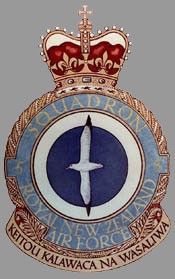 |
| images |
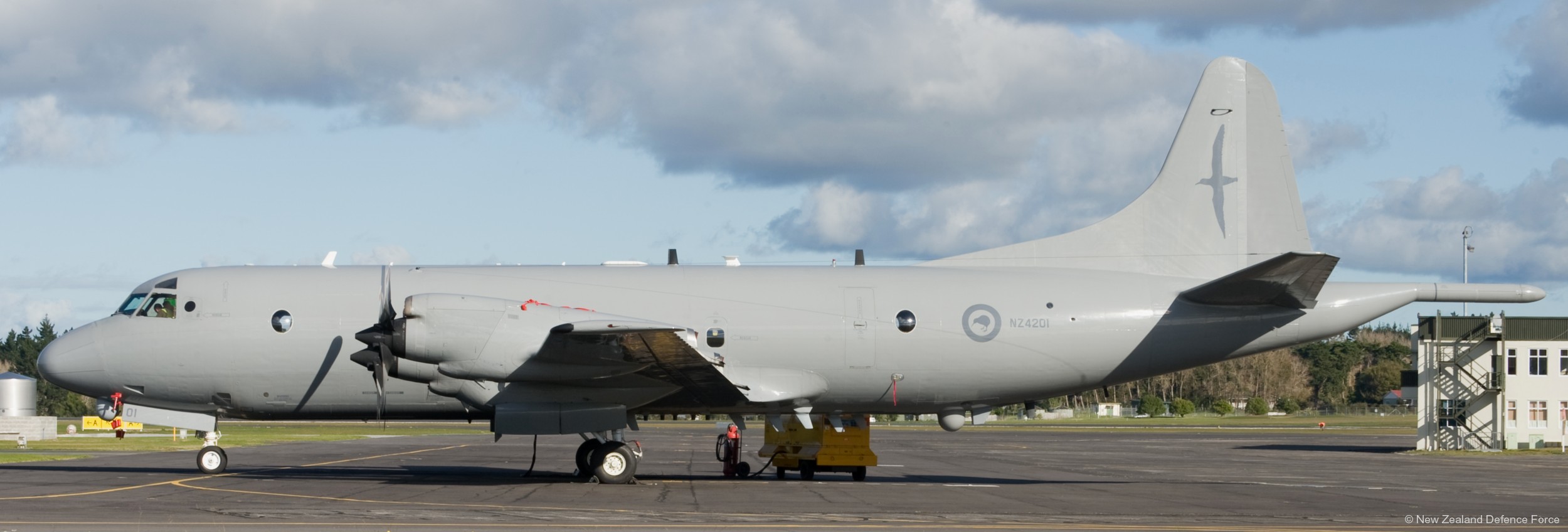 Lockheed P-3K2 Orion - NZ4201 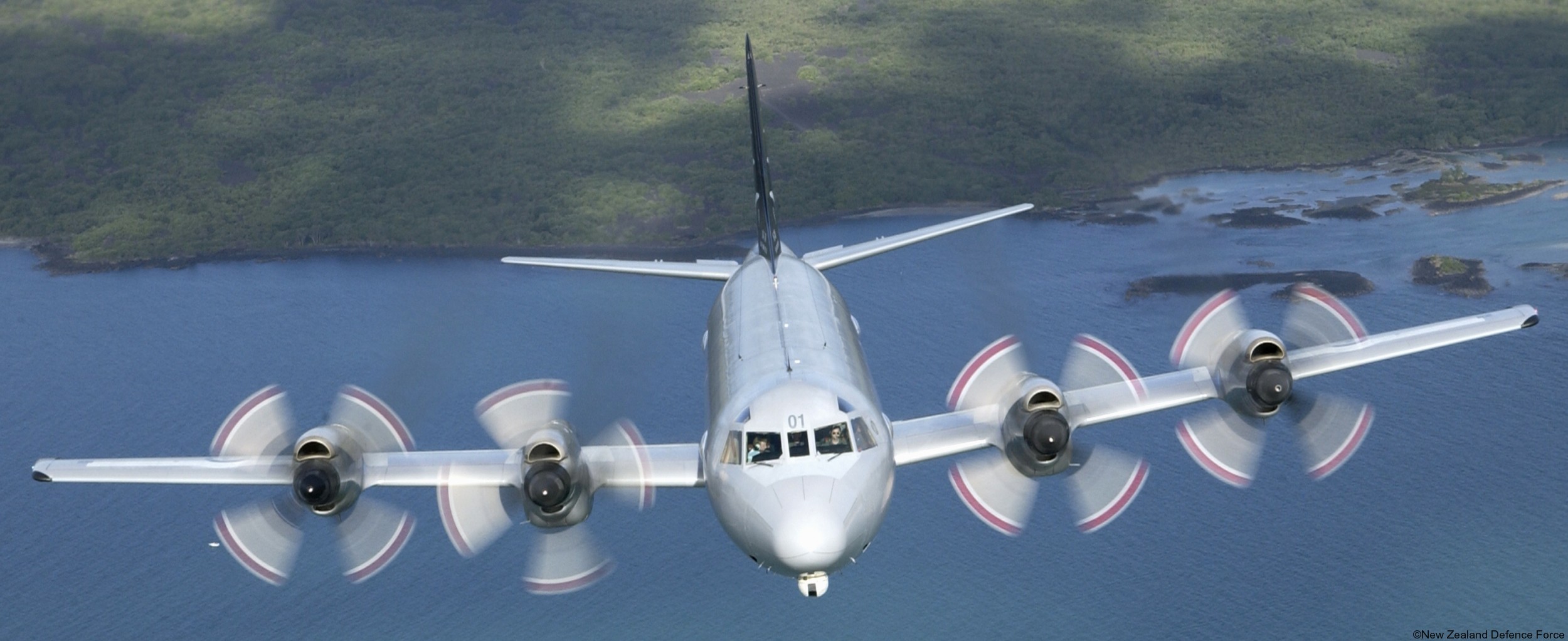 Lockheed P-3K2 Orion - NZ4201  Lockheed P-3K2 Orion - NZ4201 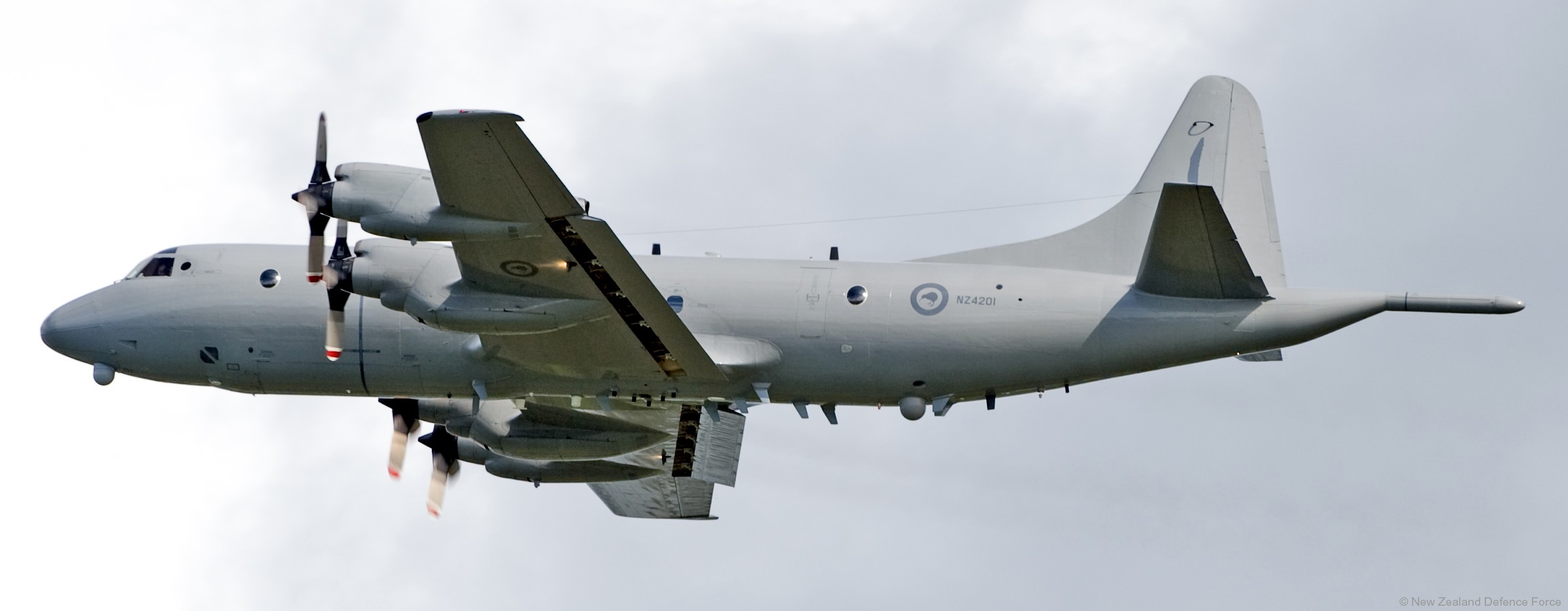 Lockheed P-3K2 Orion - NZ4201 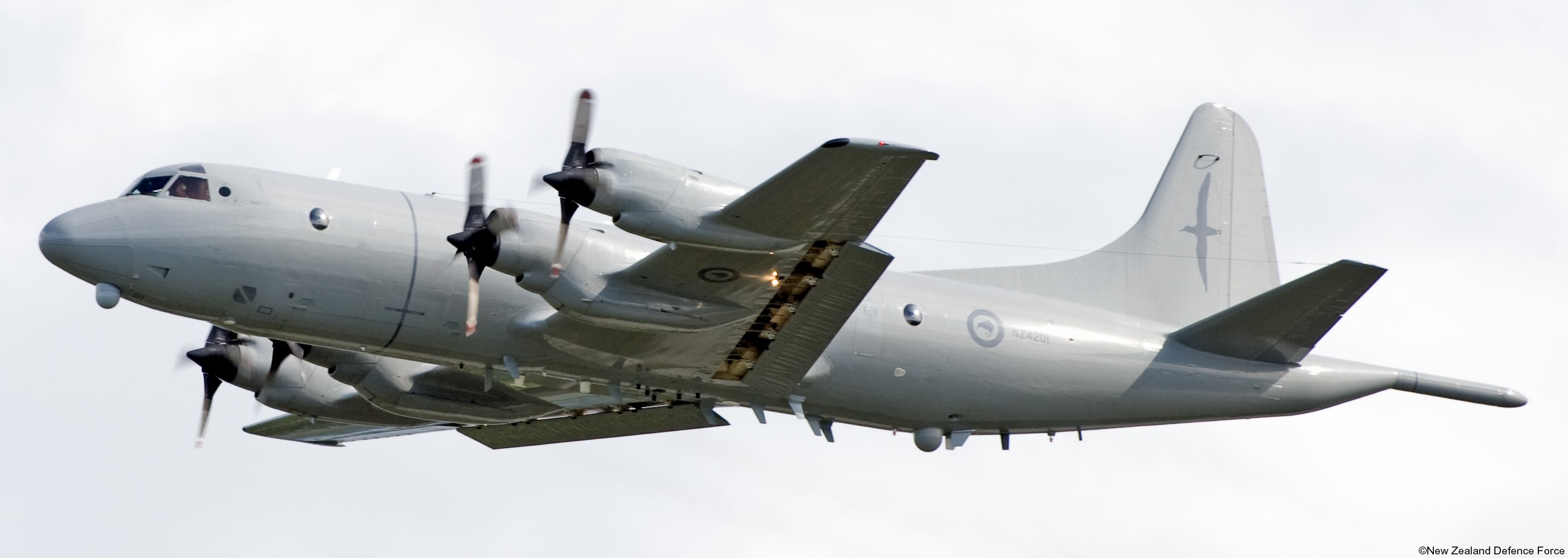 Lockheed P-3K2 Orion - NZ4201 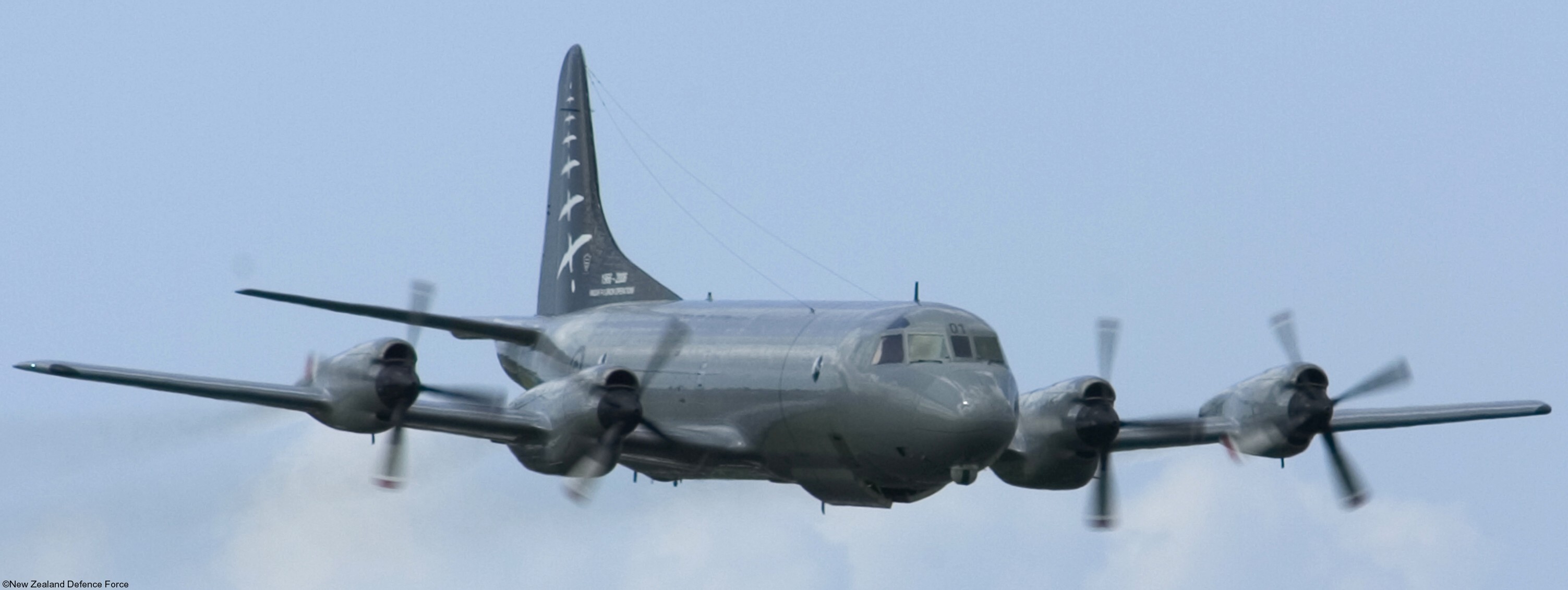 Lockheed P-3K2 Orion - NZ4201 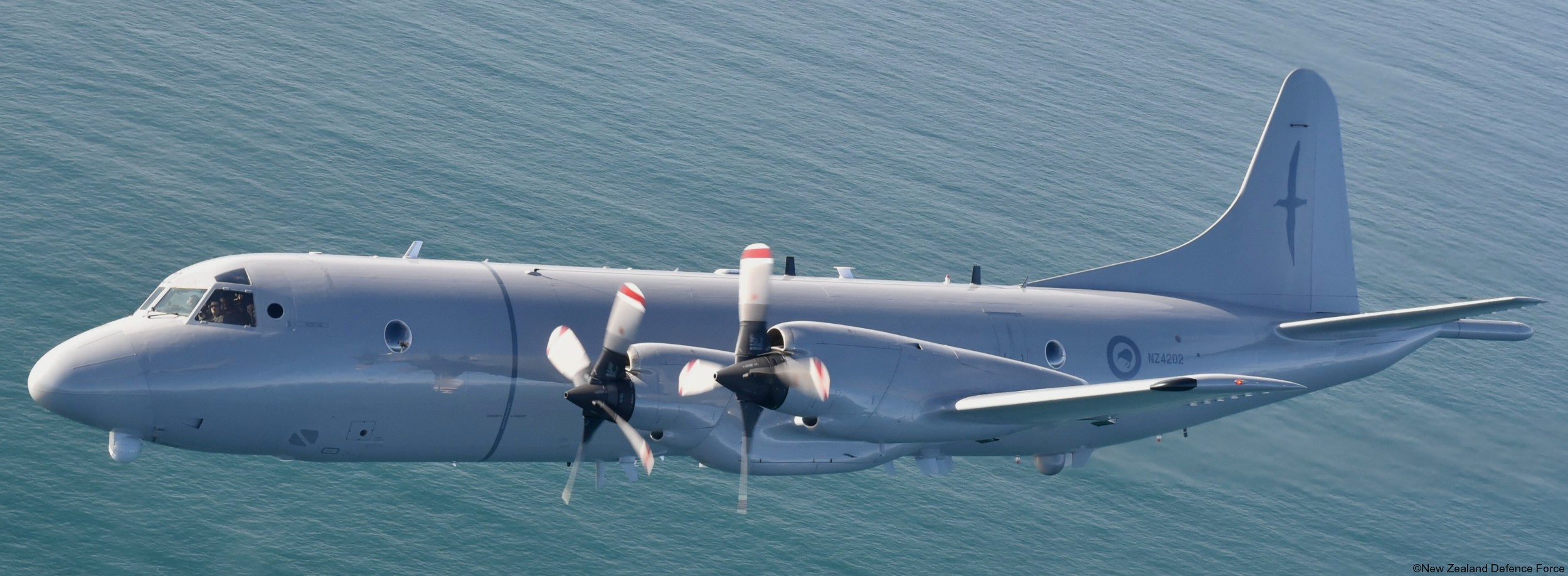 Lockheed P-3K2 Orion - NZ4202 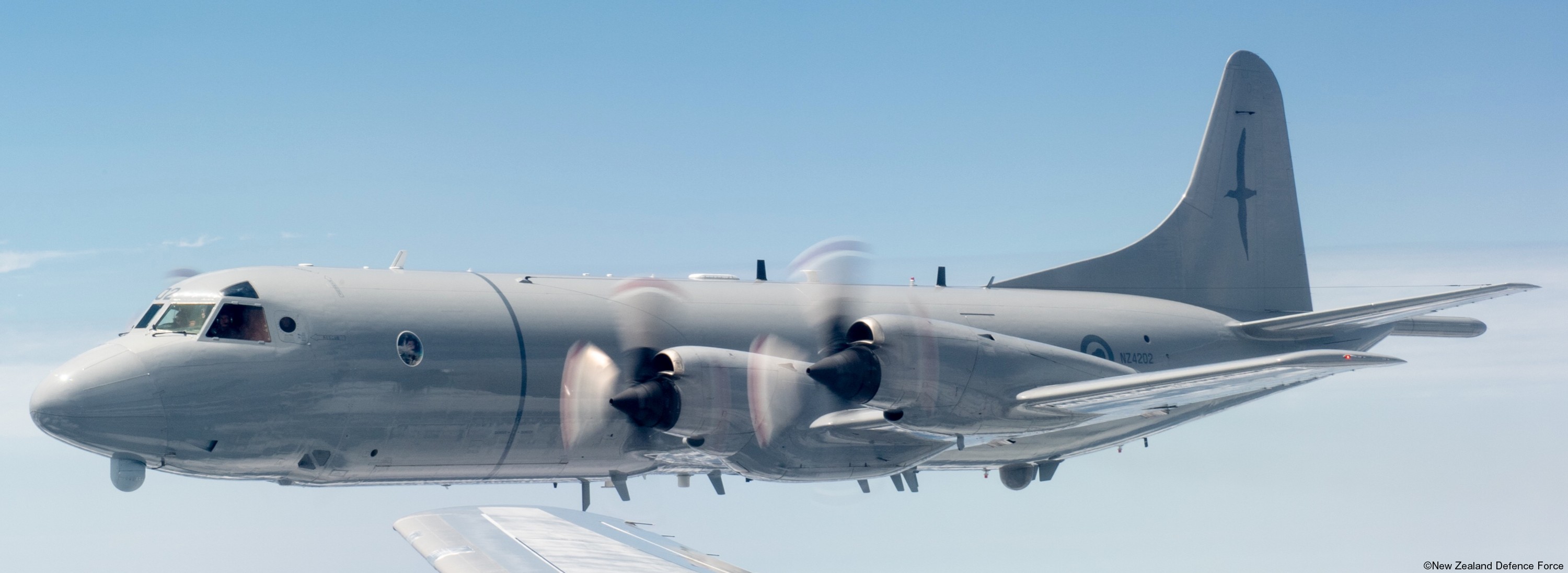 Lockheed P-3K2 Orion - NZ4202 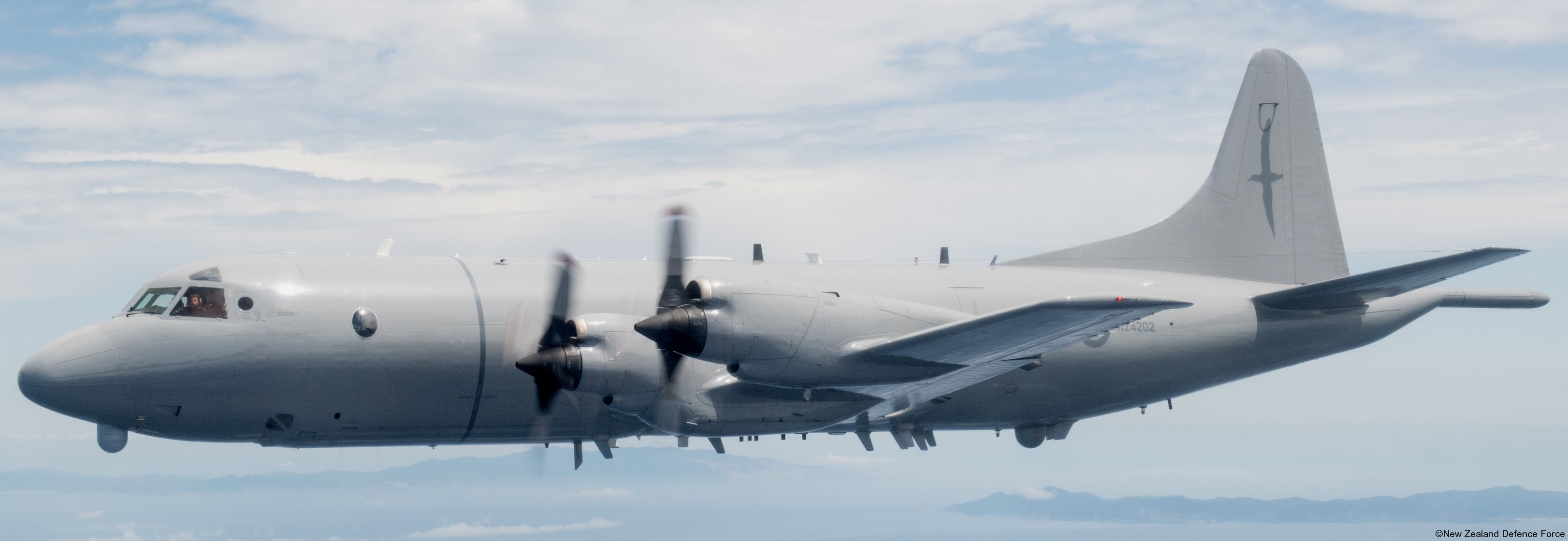 Lockheed P-3K2 Orion - NZ4202 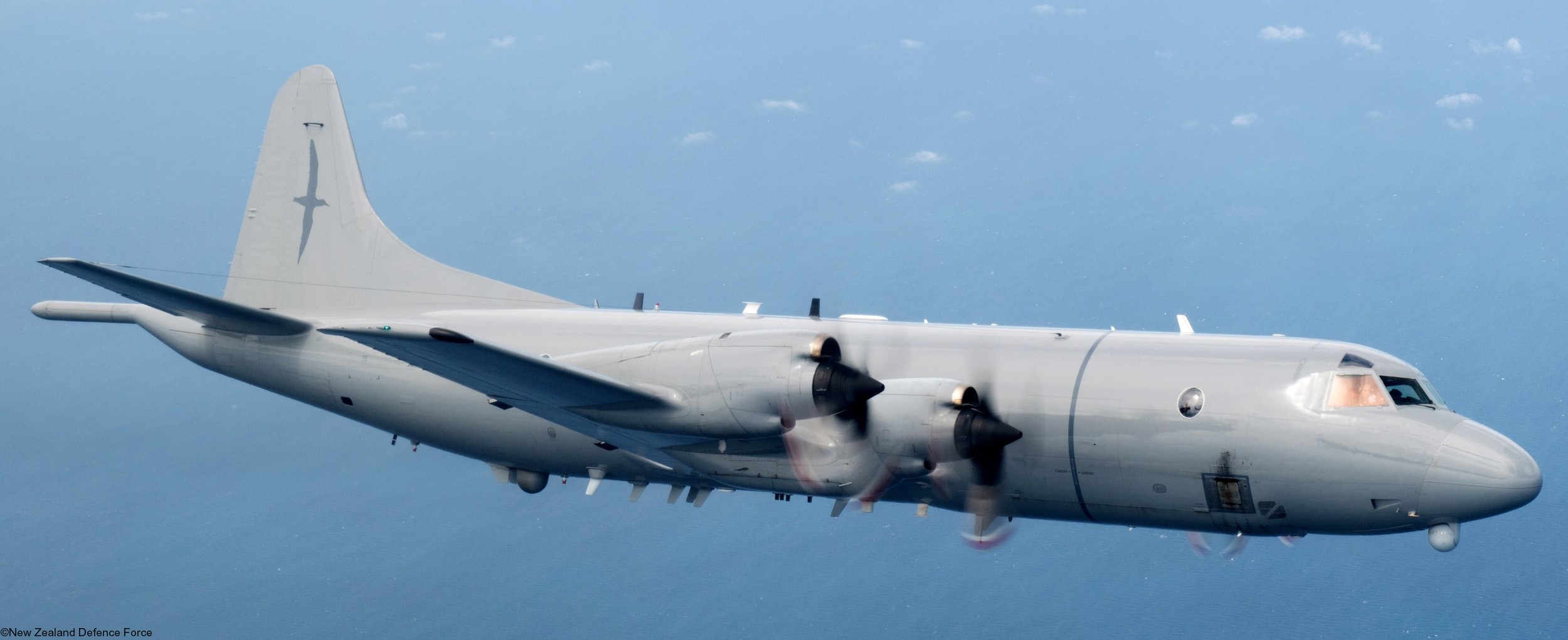 Lockheed P-3K2 Orion - NZ4202 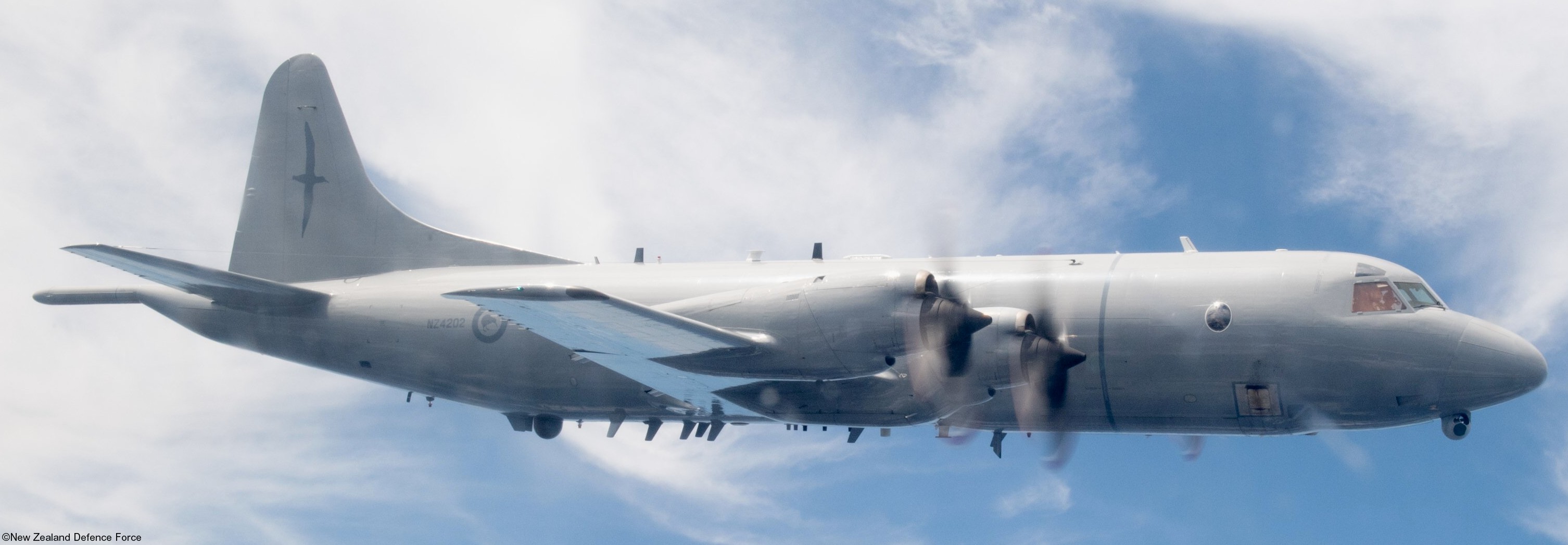 Lockheed P-3K2 Orion - NZ4202 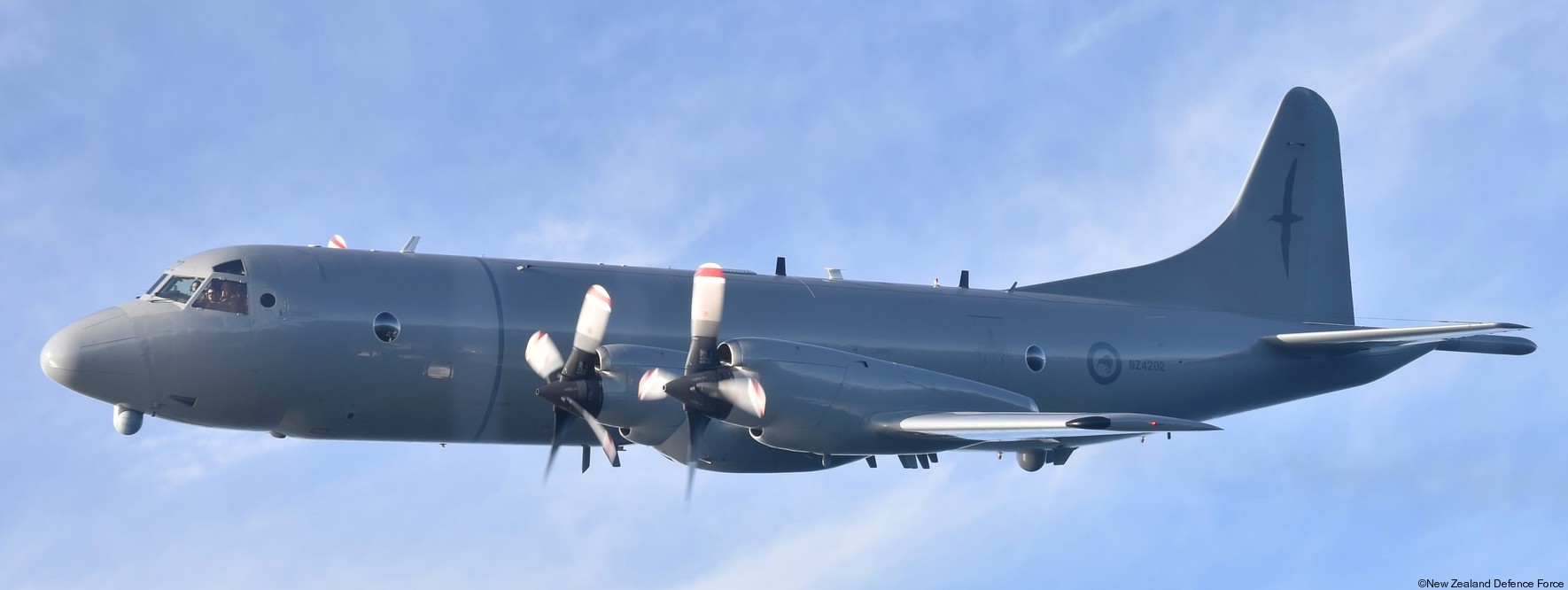 Lockheed P-3K2 Orion - NZ4202 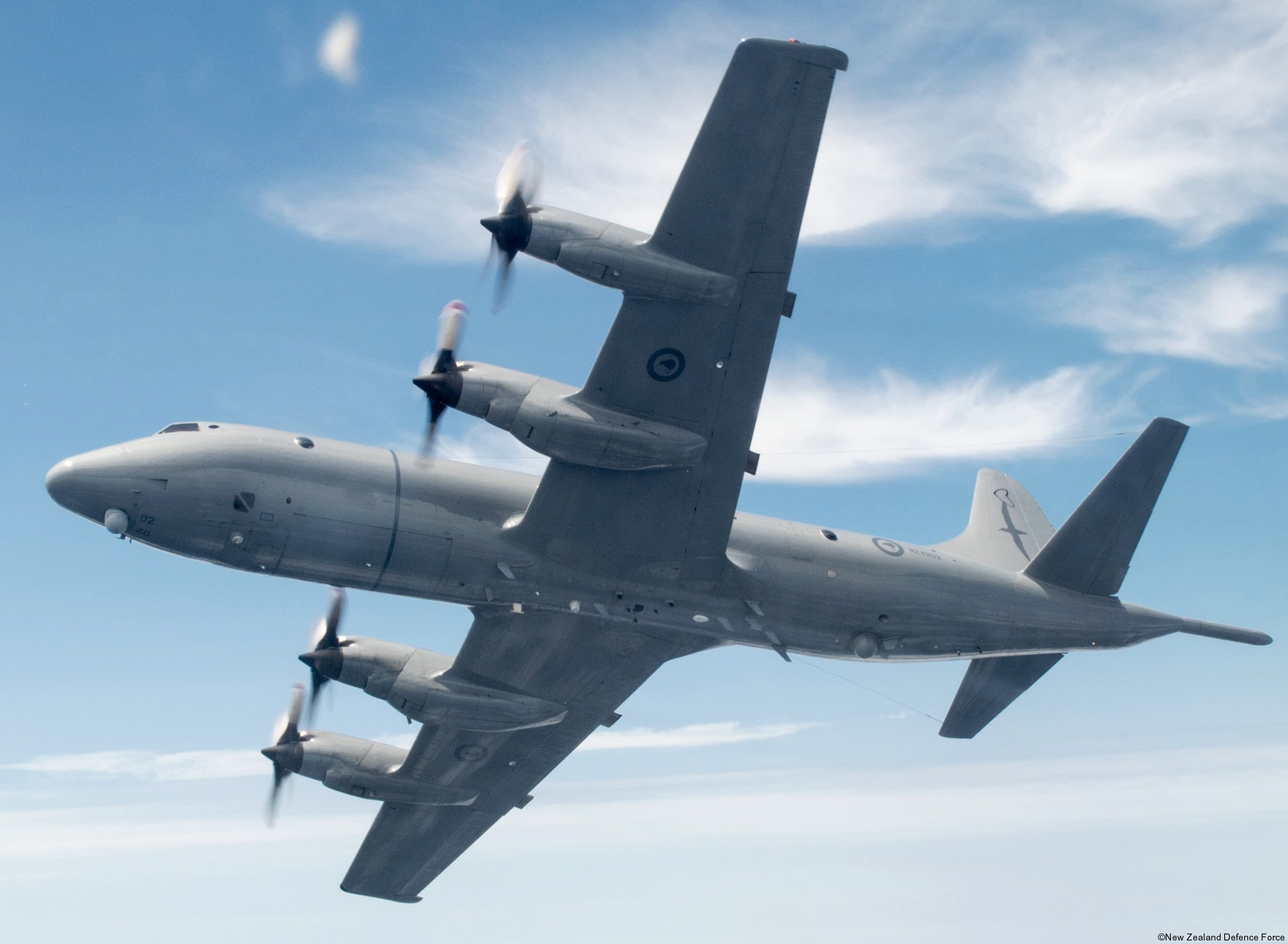 Lockheed P-3K2 Orion - NZ4202 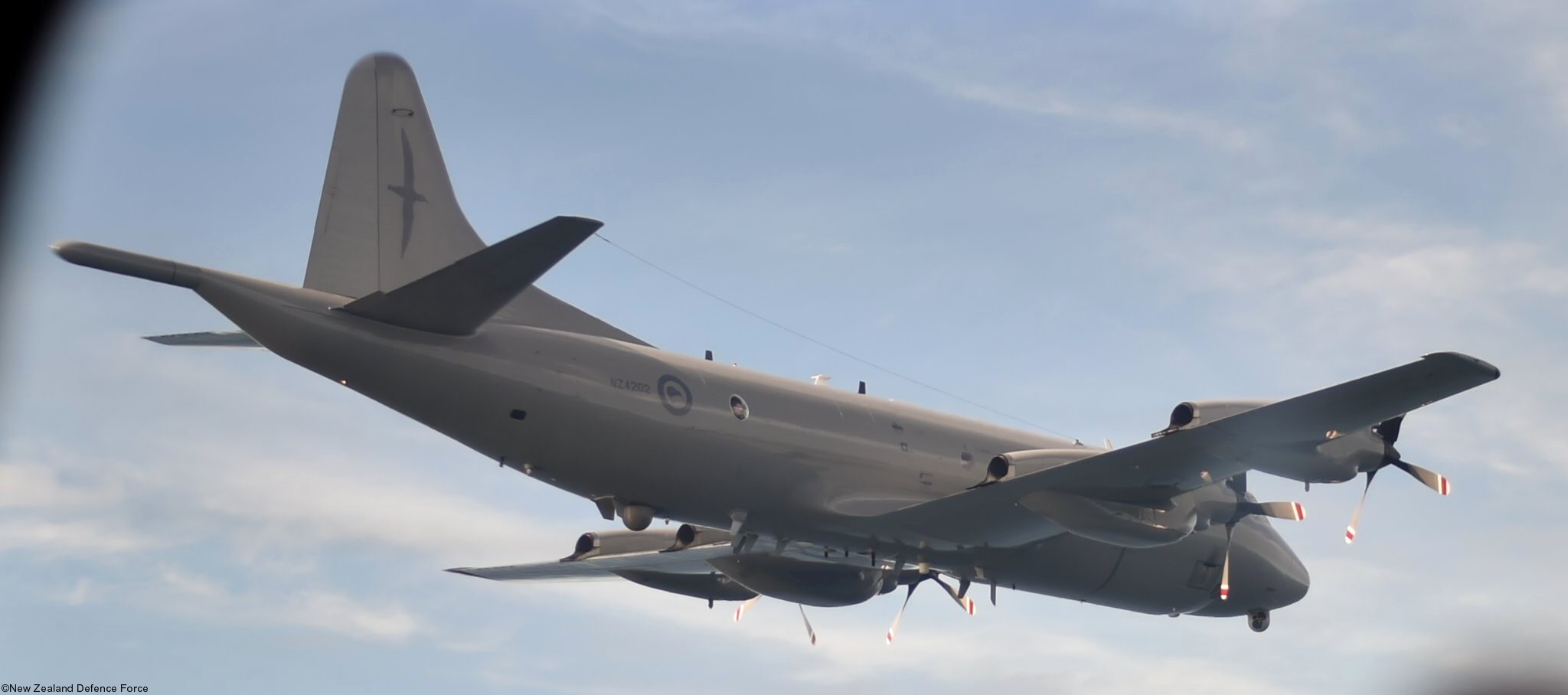 Lockheed P-3K2 Orion - NZ4202 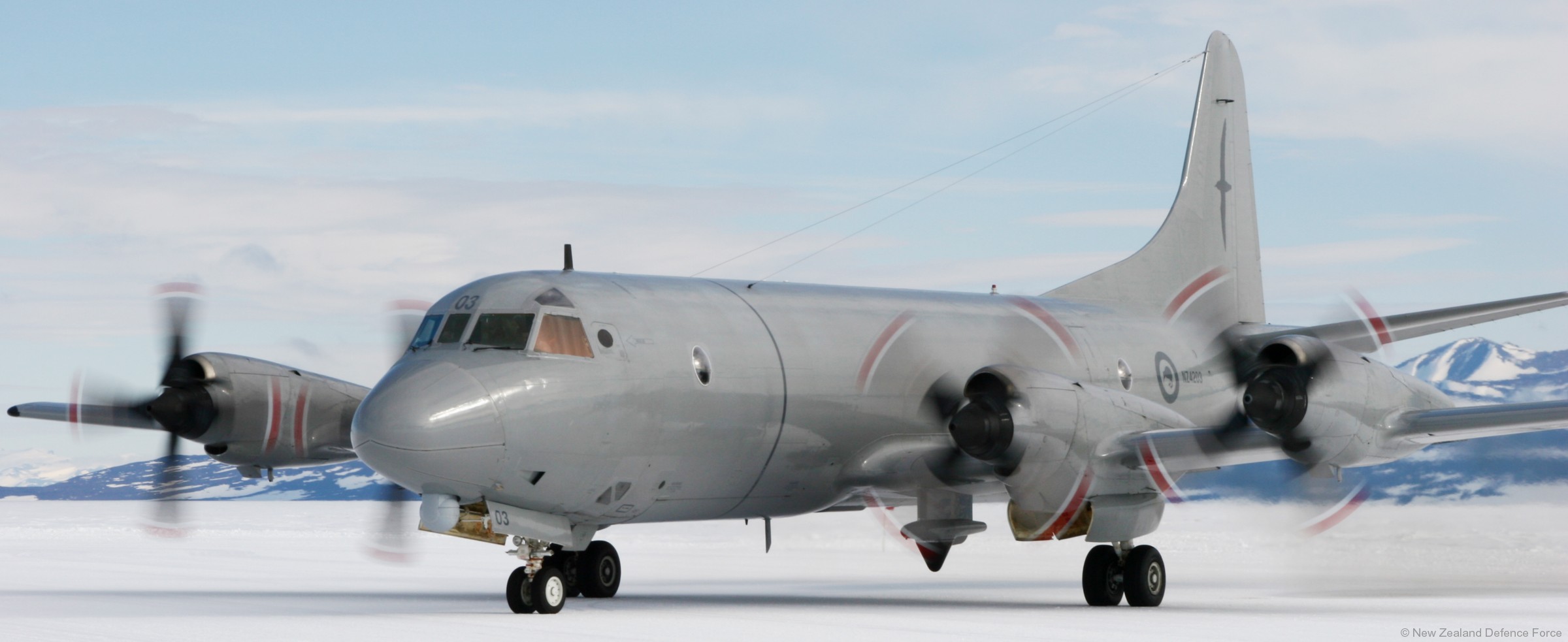 Lockheed P-3K2 Orion - NZ4203 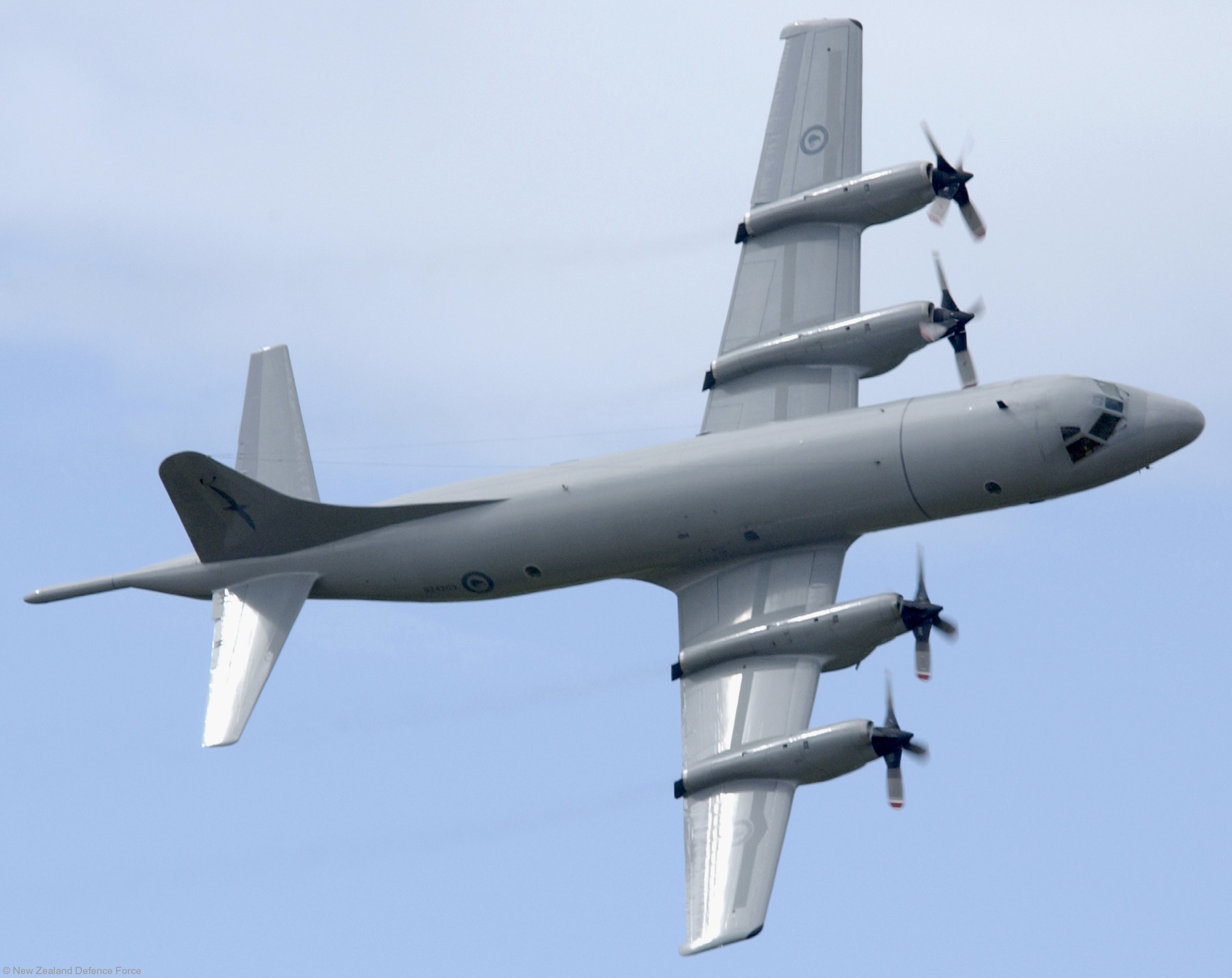 Lockheed P-3K2 Orion - NZ4203 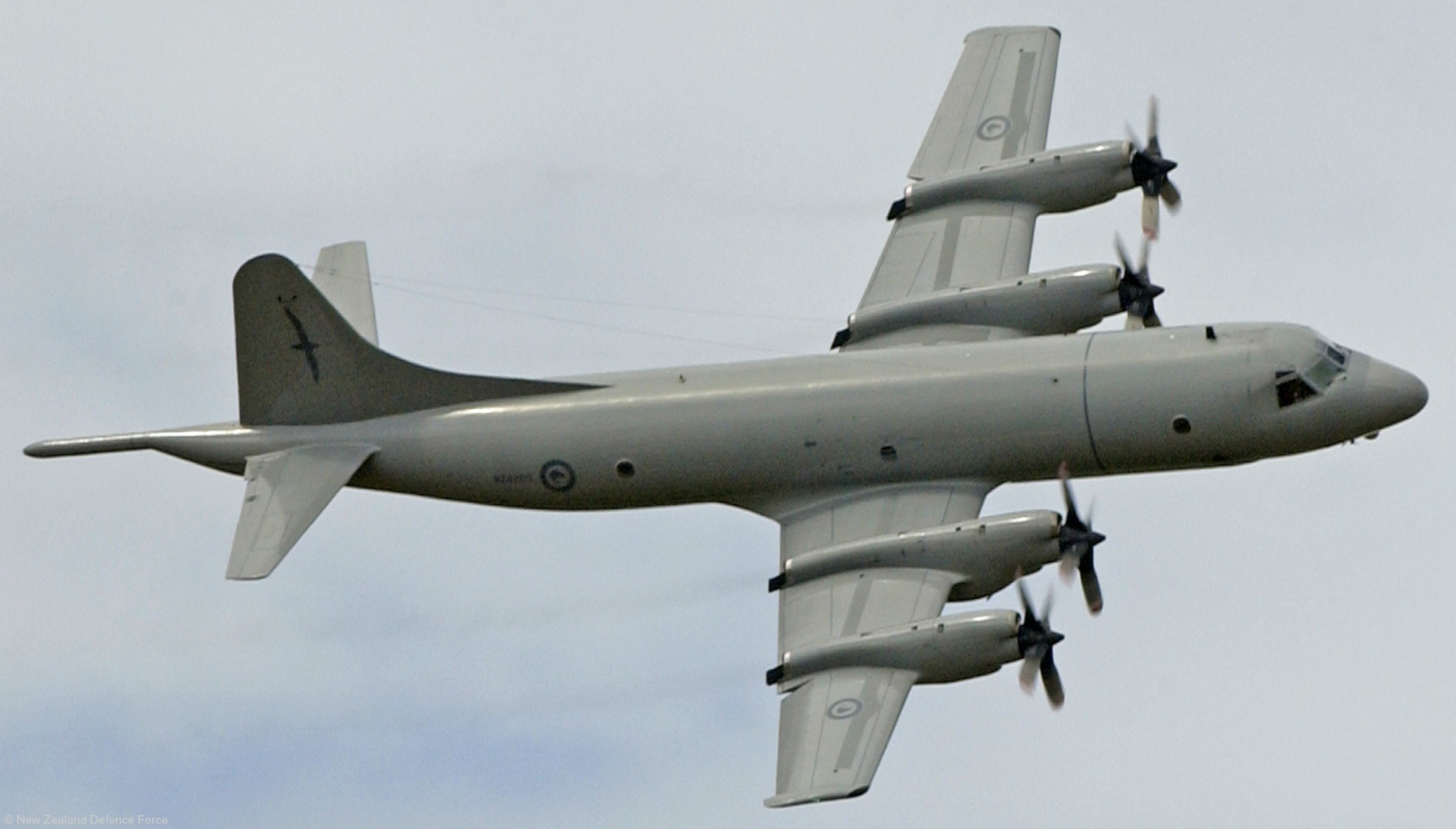 Lockheed P-3K2 Orion - NZ4203  Lockheed P-3K2 Orion - NZ4204 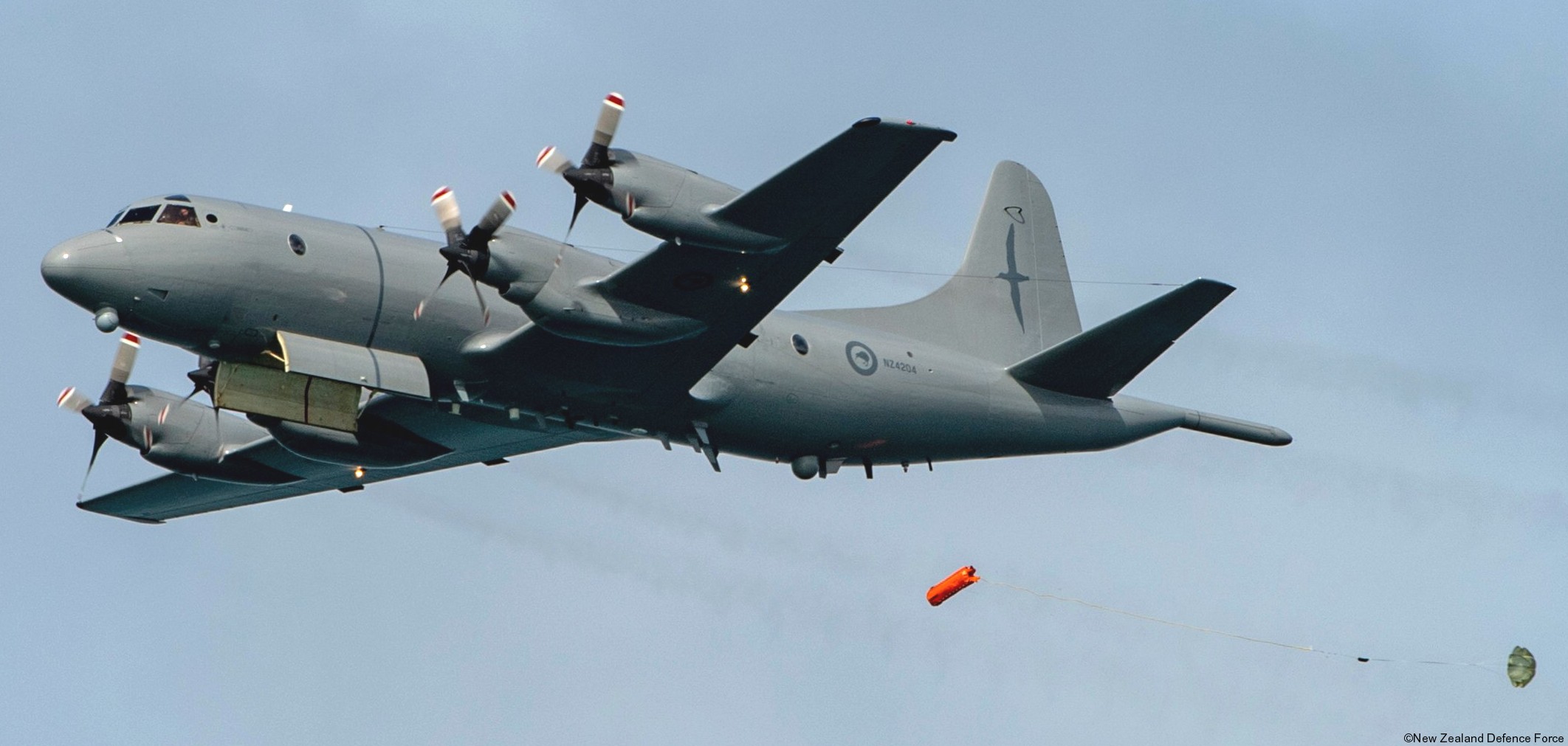 Lockheed P-3K2 Orion - NZ4204 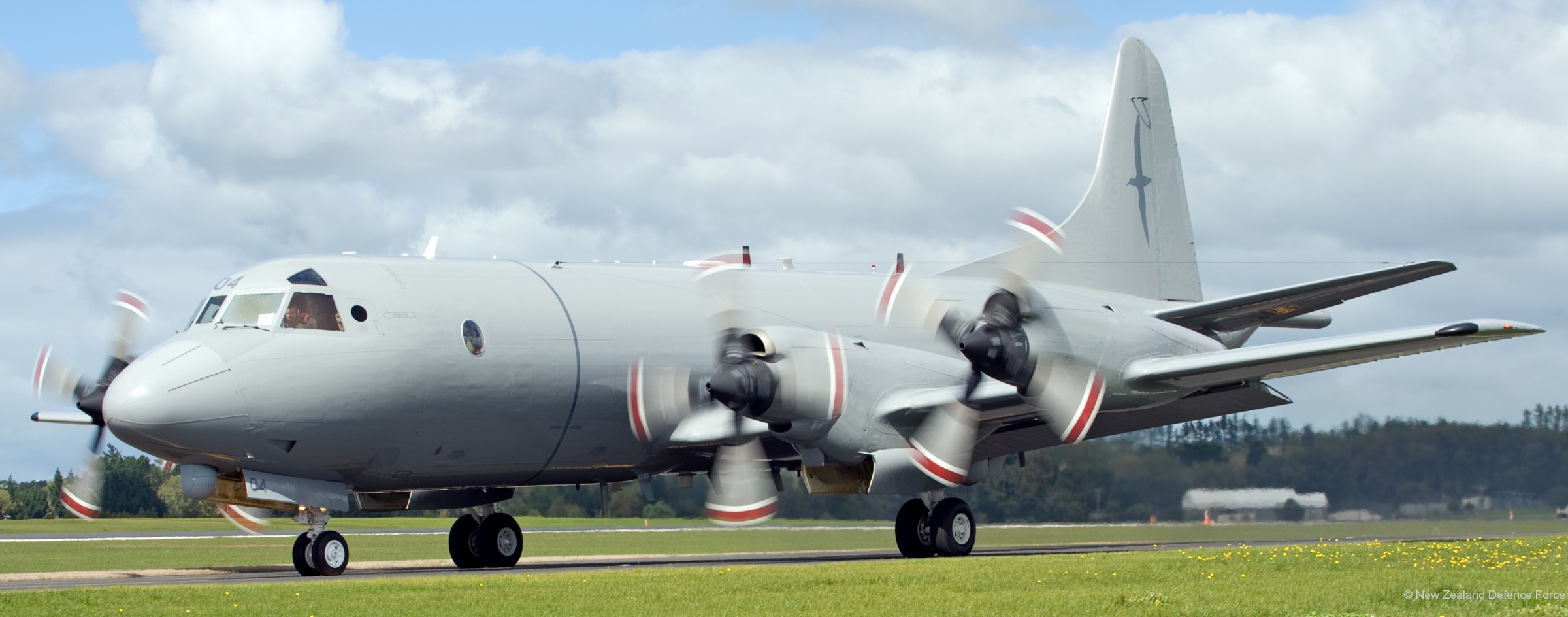 Lockheed P-3K2 Orion - NZ4204 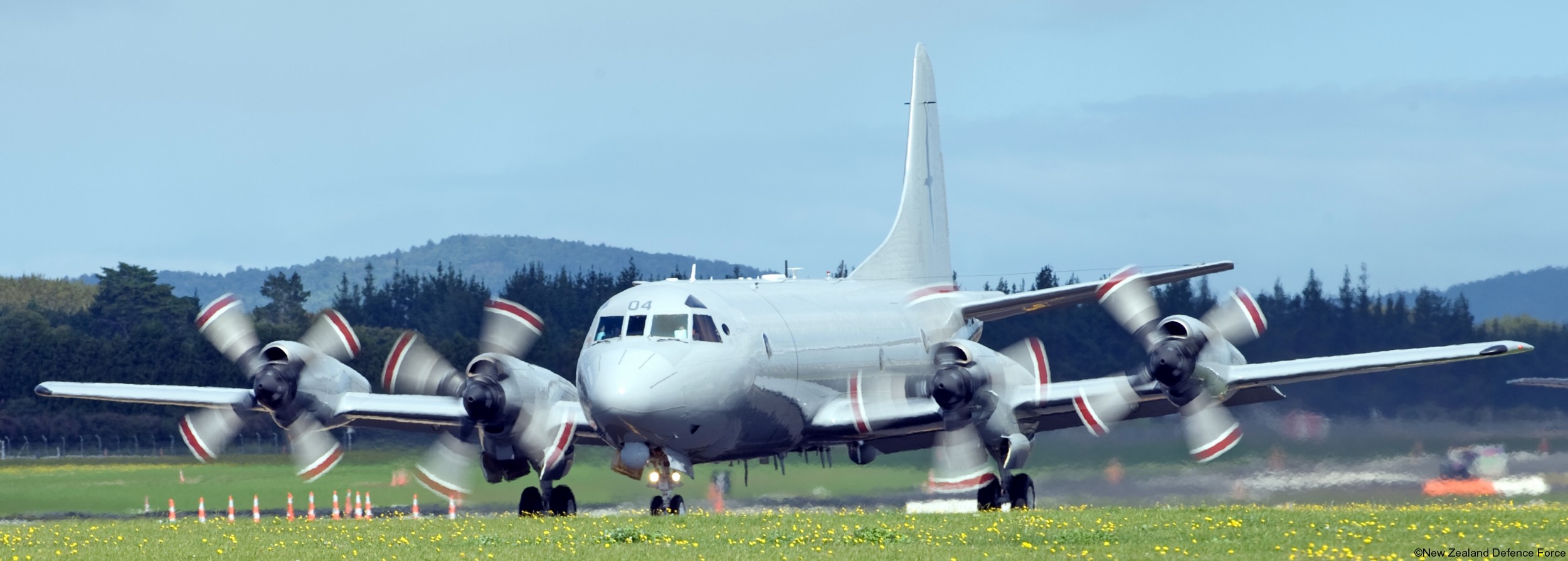 Lockheed P-3K2 Orion - NZ4204 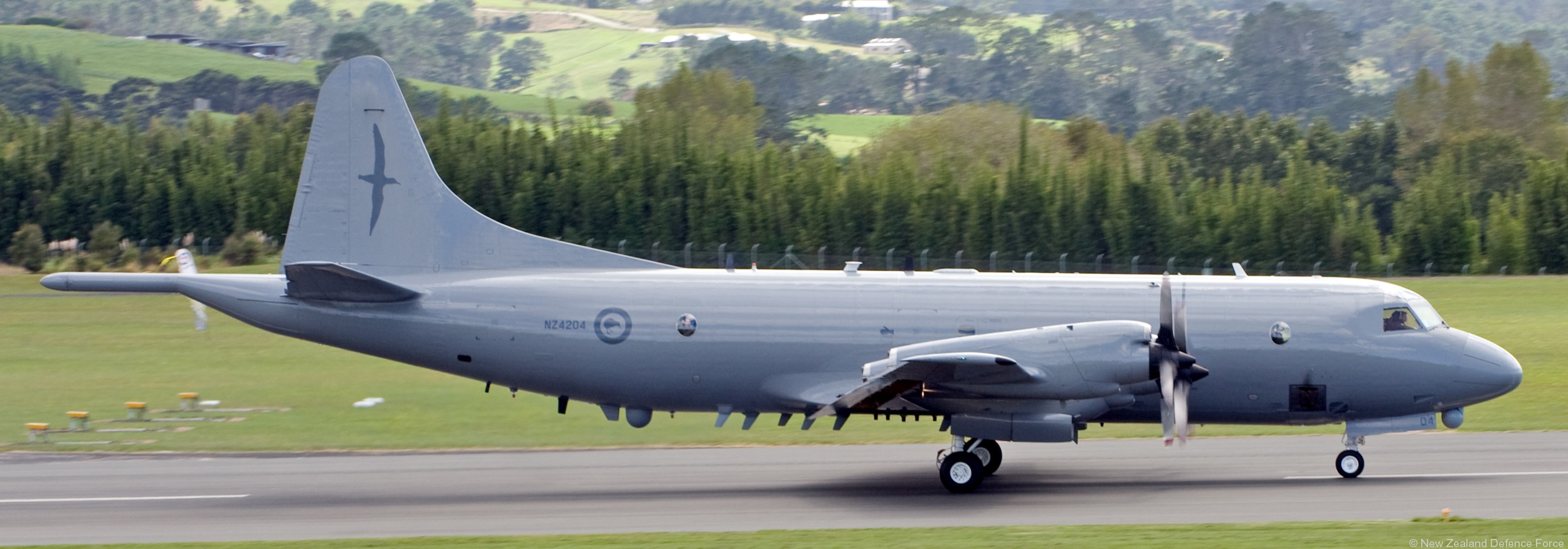 Lockheed P-3K2 Orion - NZ4204 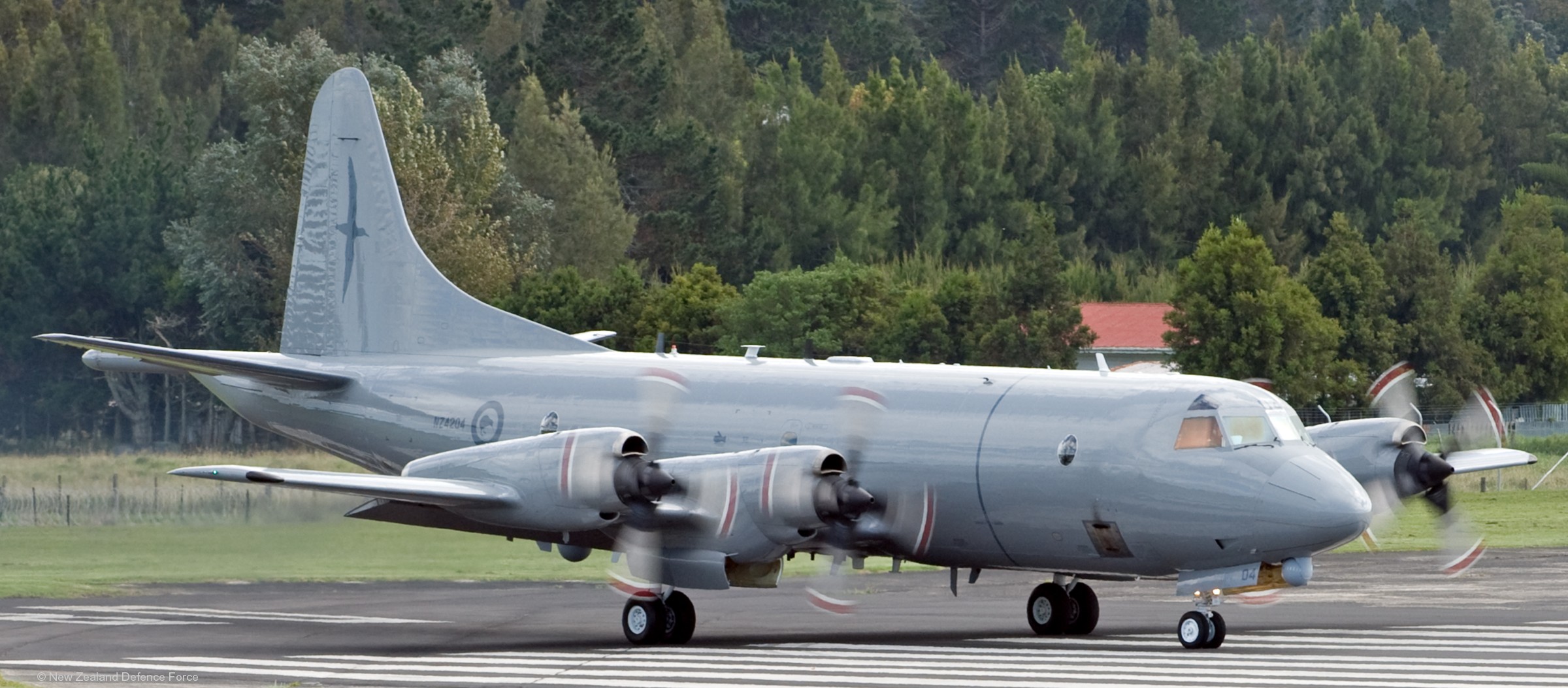 Lockheed P-3K2 Orion - NZ4204  Lockheed P-3K2 Orion - NZ4204 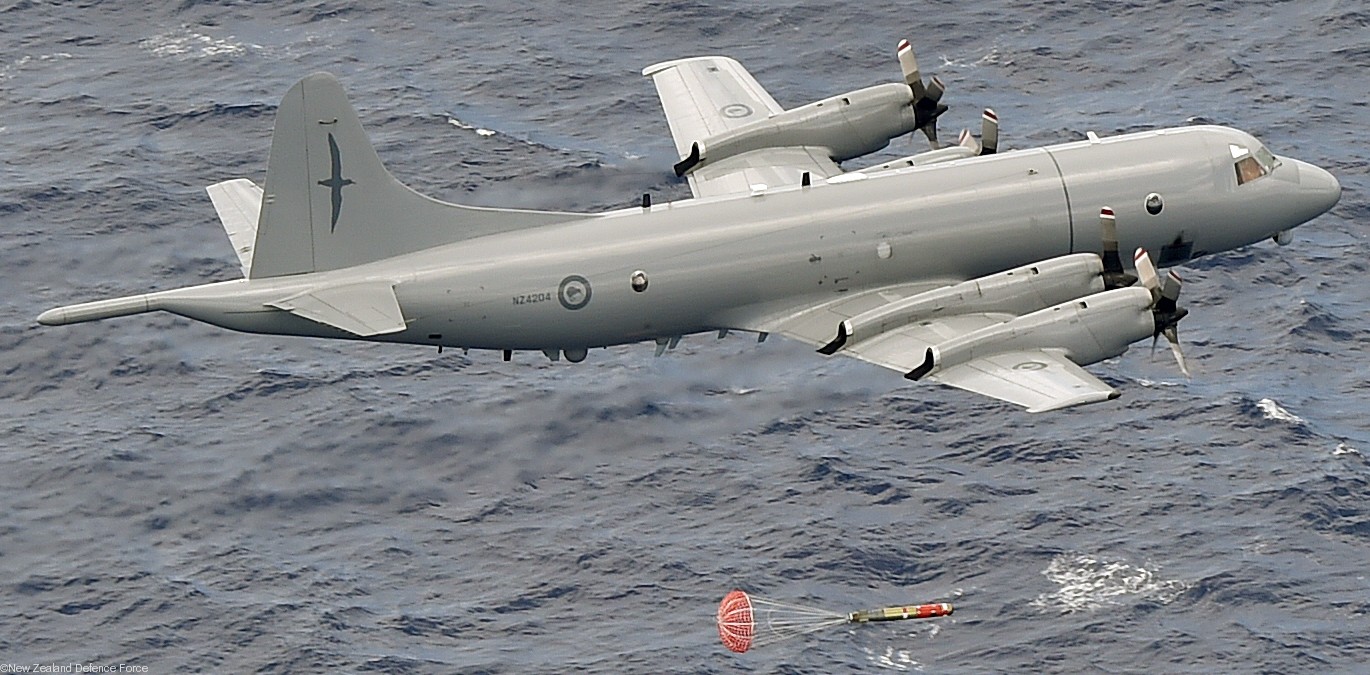 Lockheed P-3K2 Orion - NZ4204 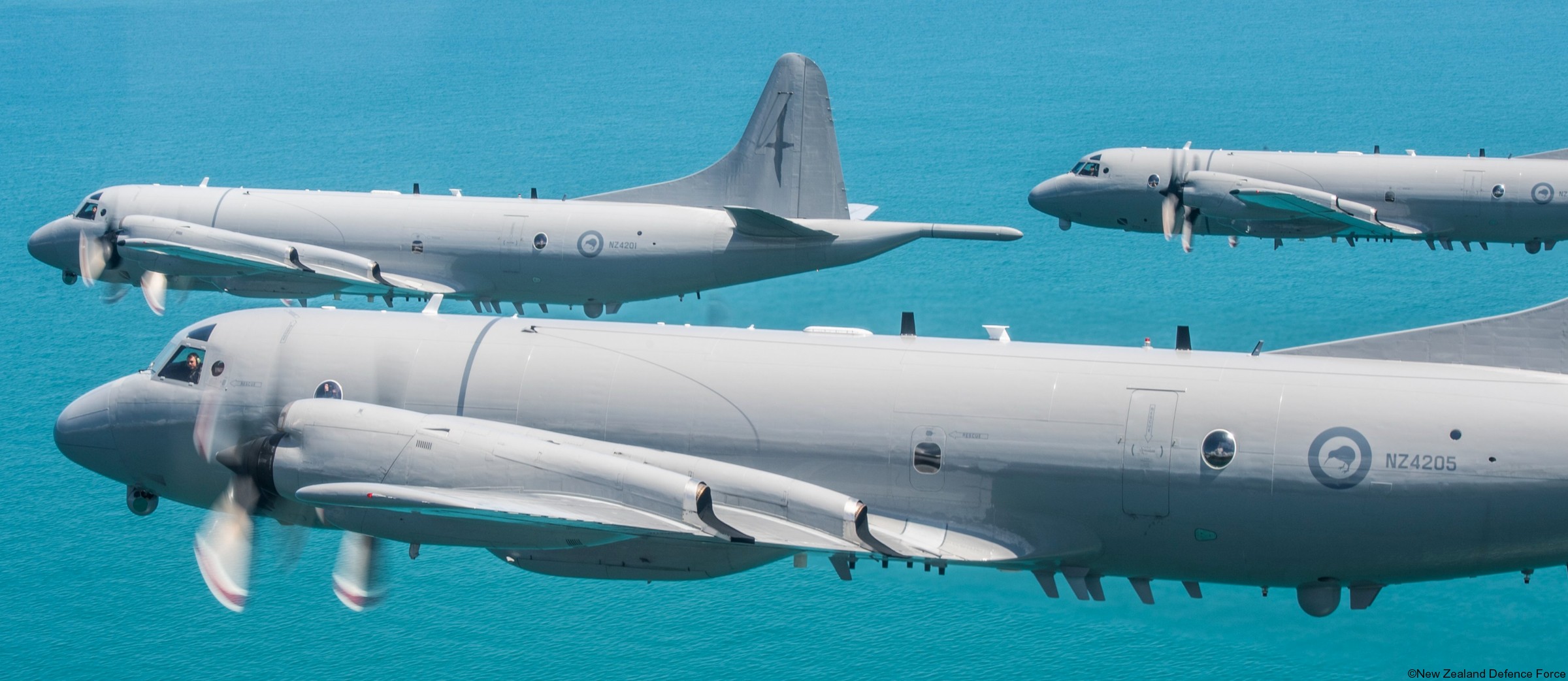 Lockheed P-3K2 Orion - NZ4205 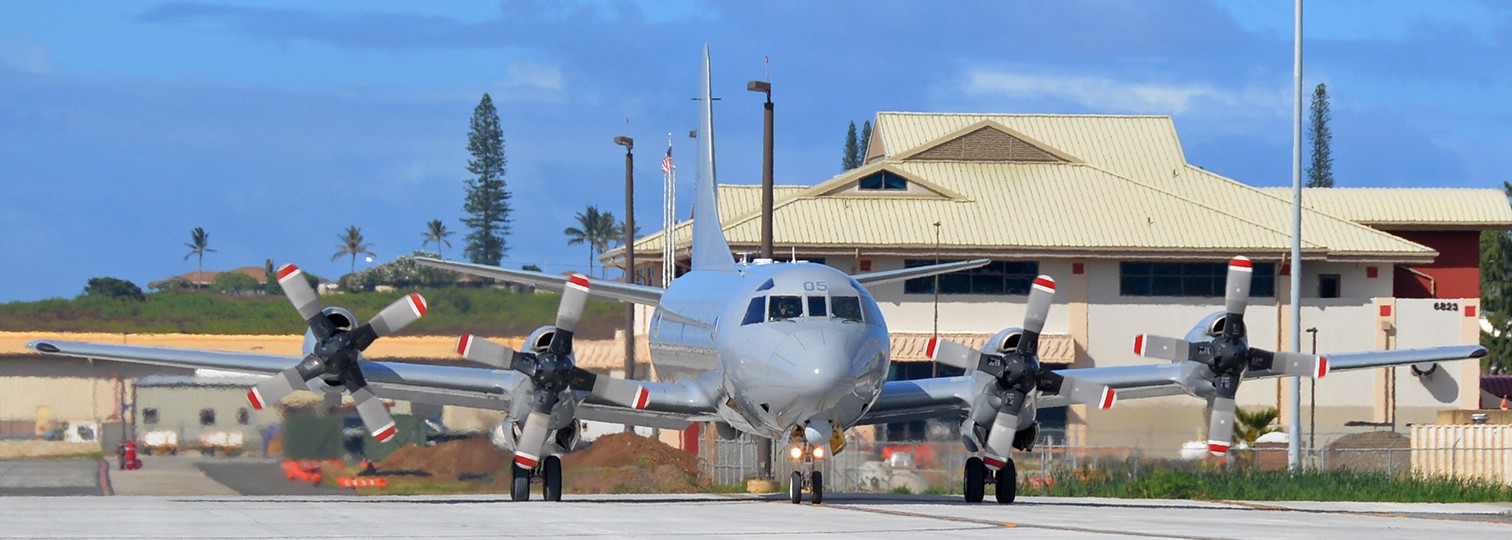 Lockheed P-3K2 Orion - NZ4205 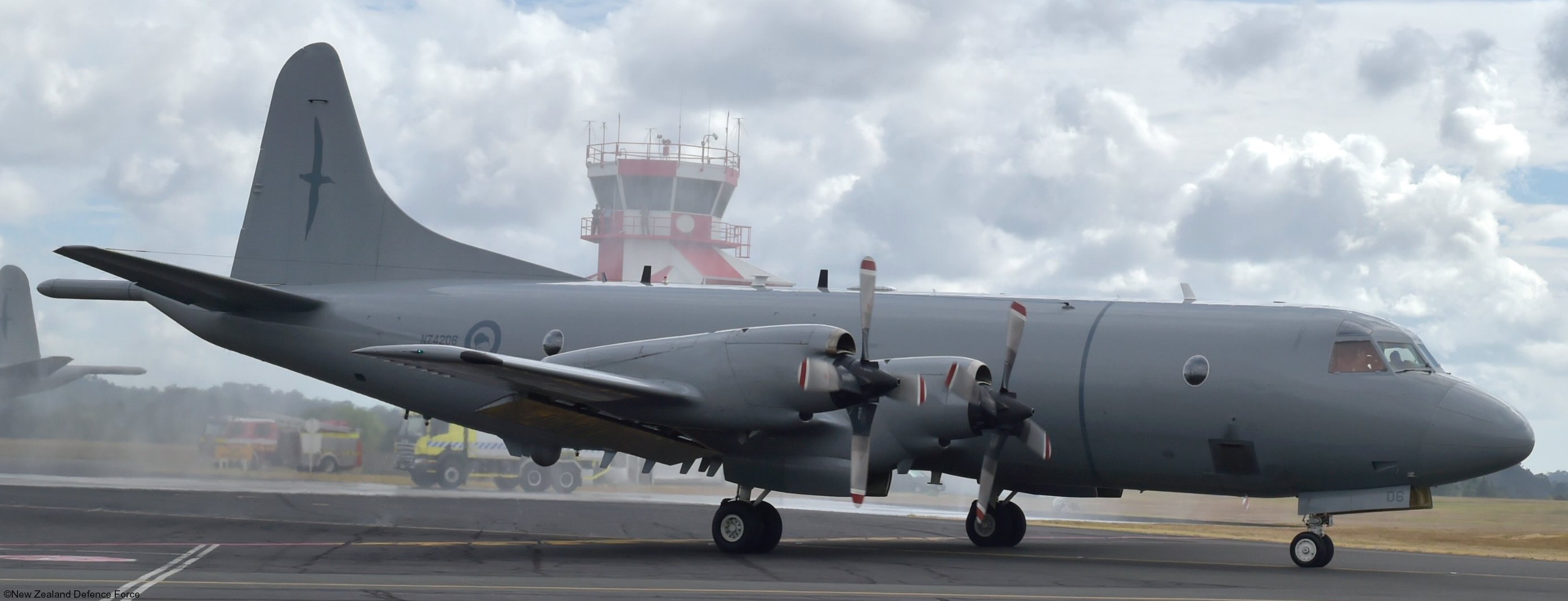 Lockheed P-3K2 Orion - NZ4206 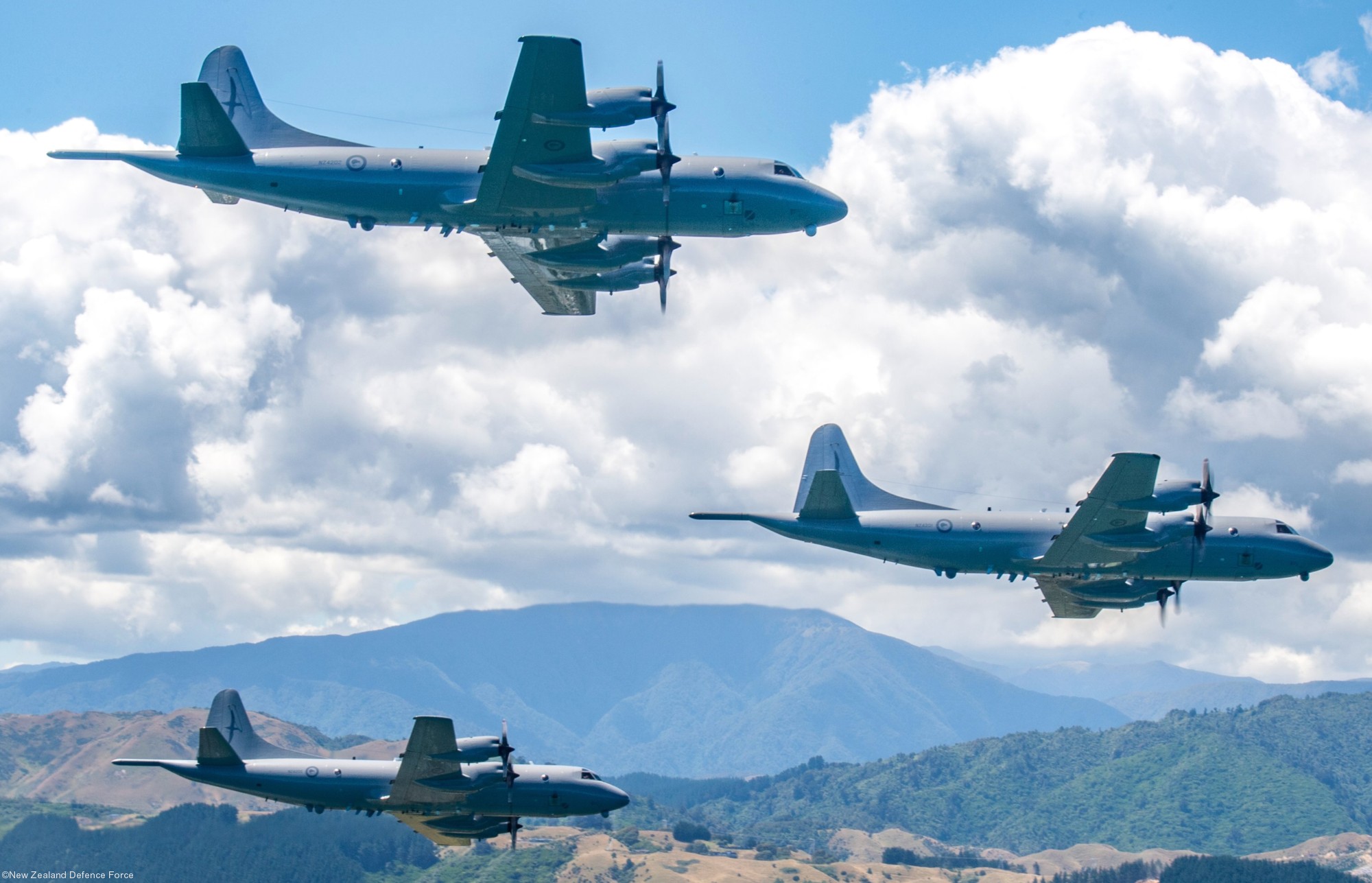 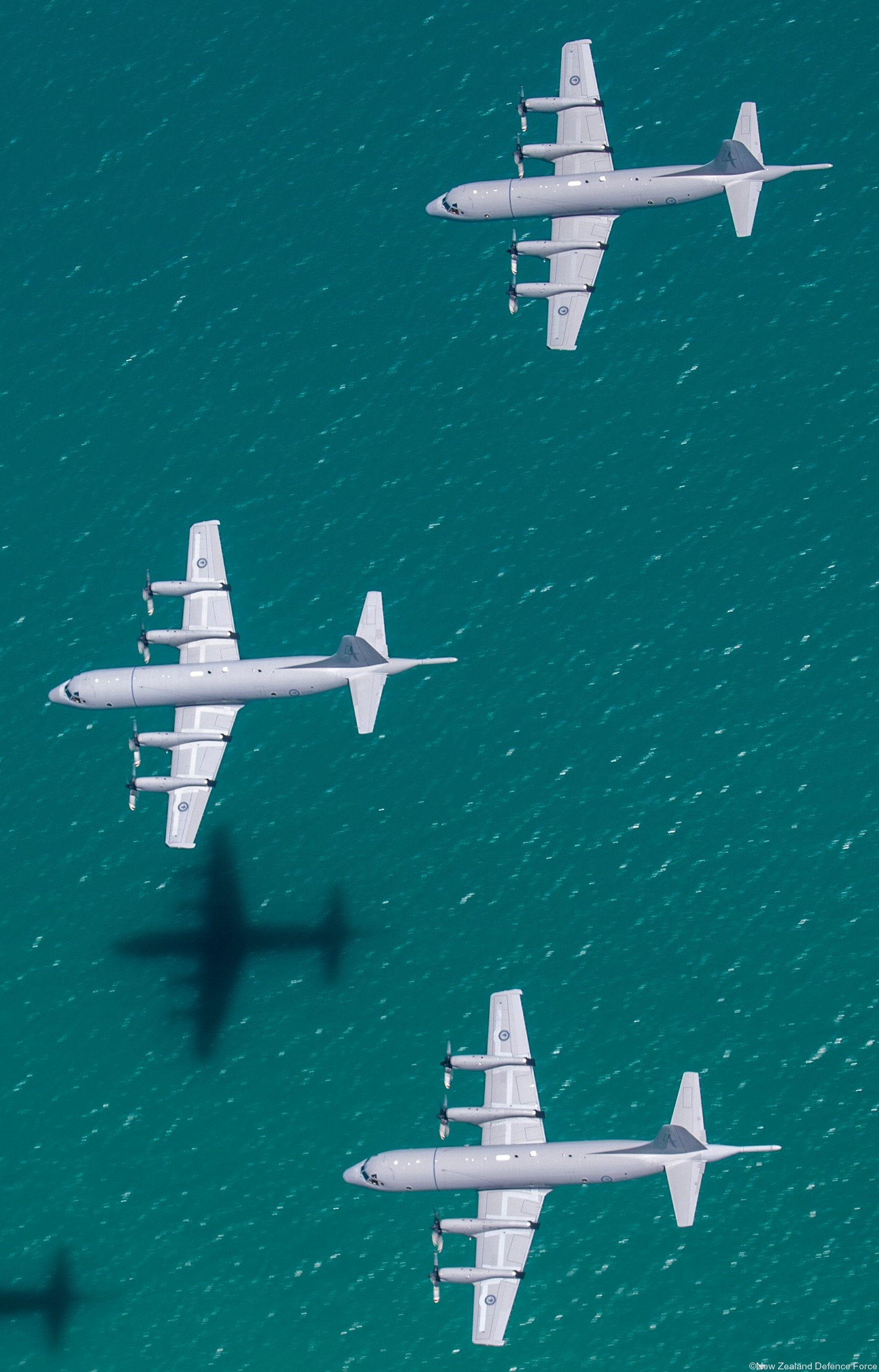 |
|
|
seaforces.org
|
Royal
New Zealand
Navy start page
| |
